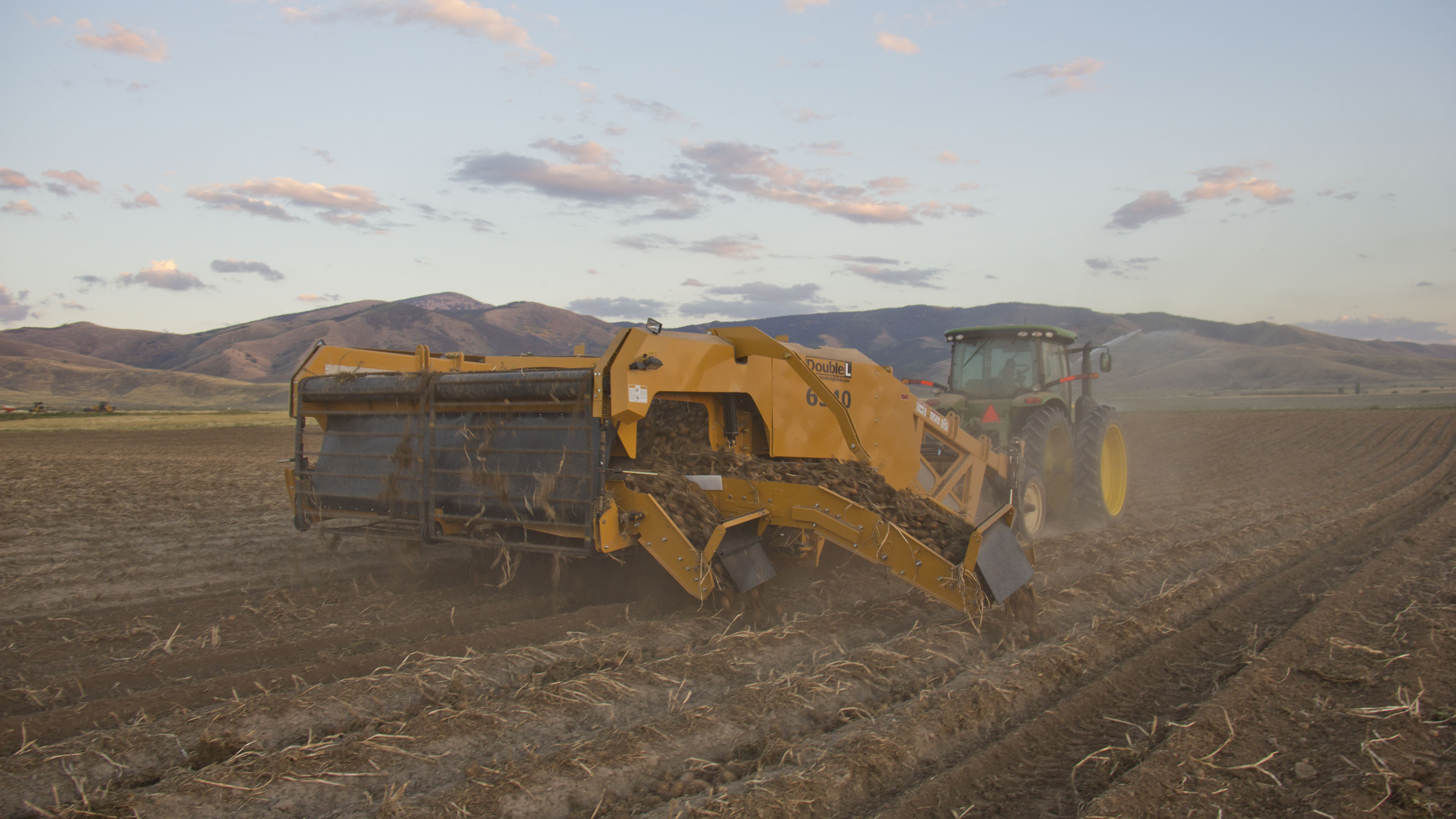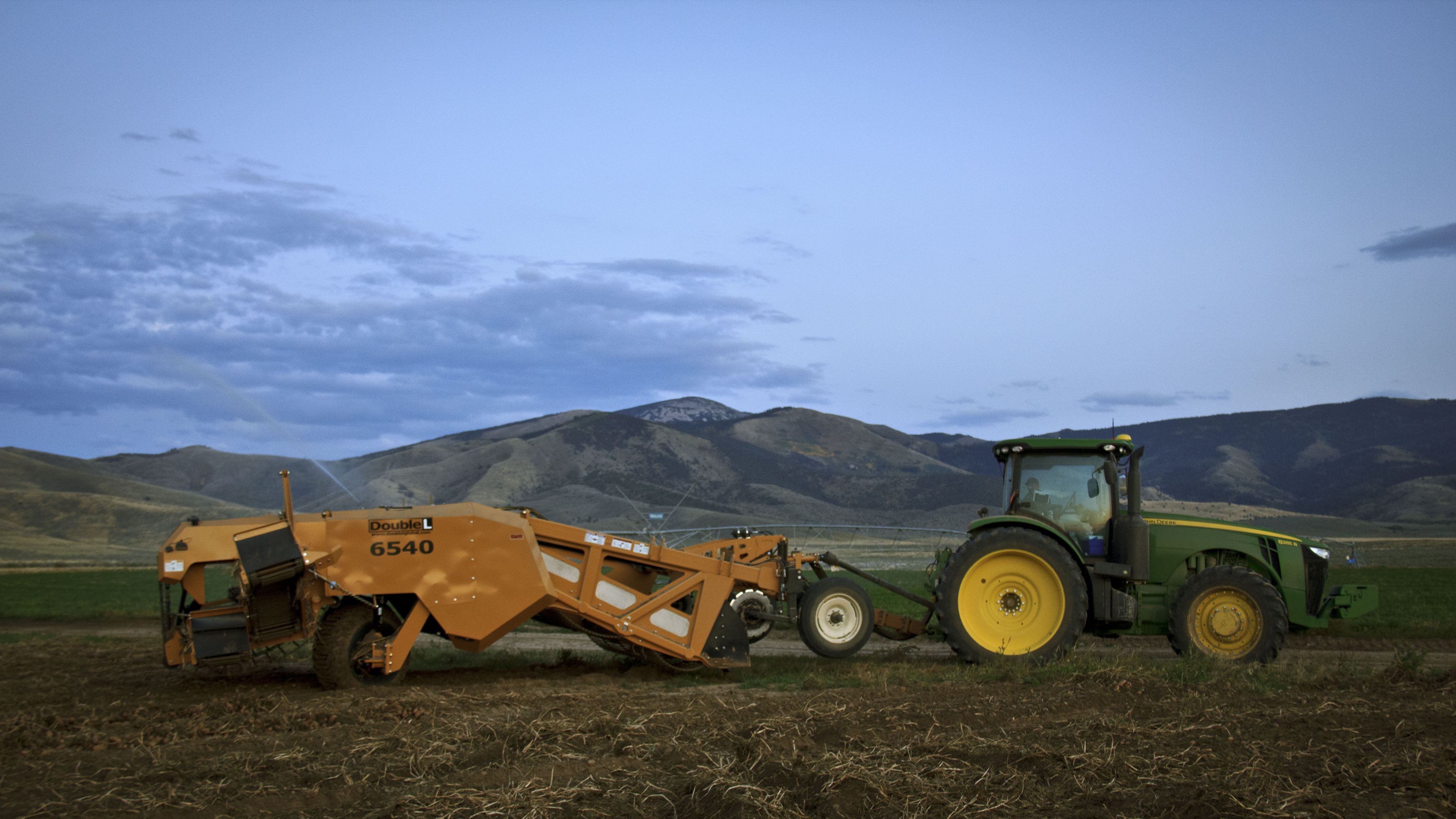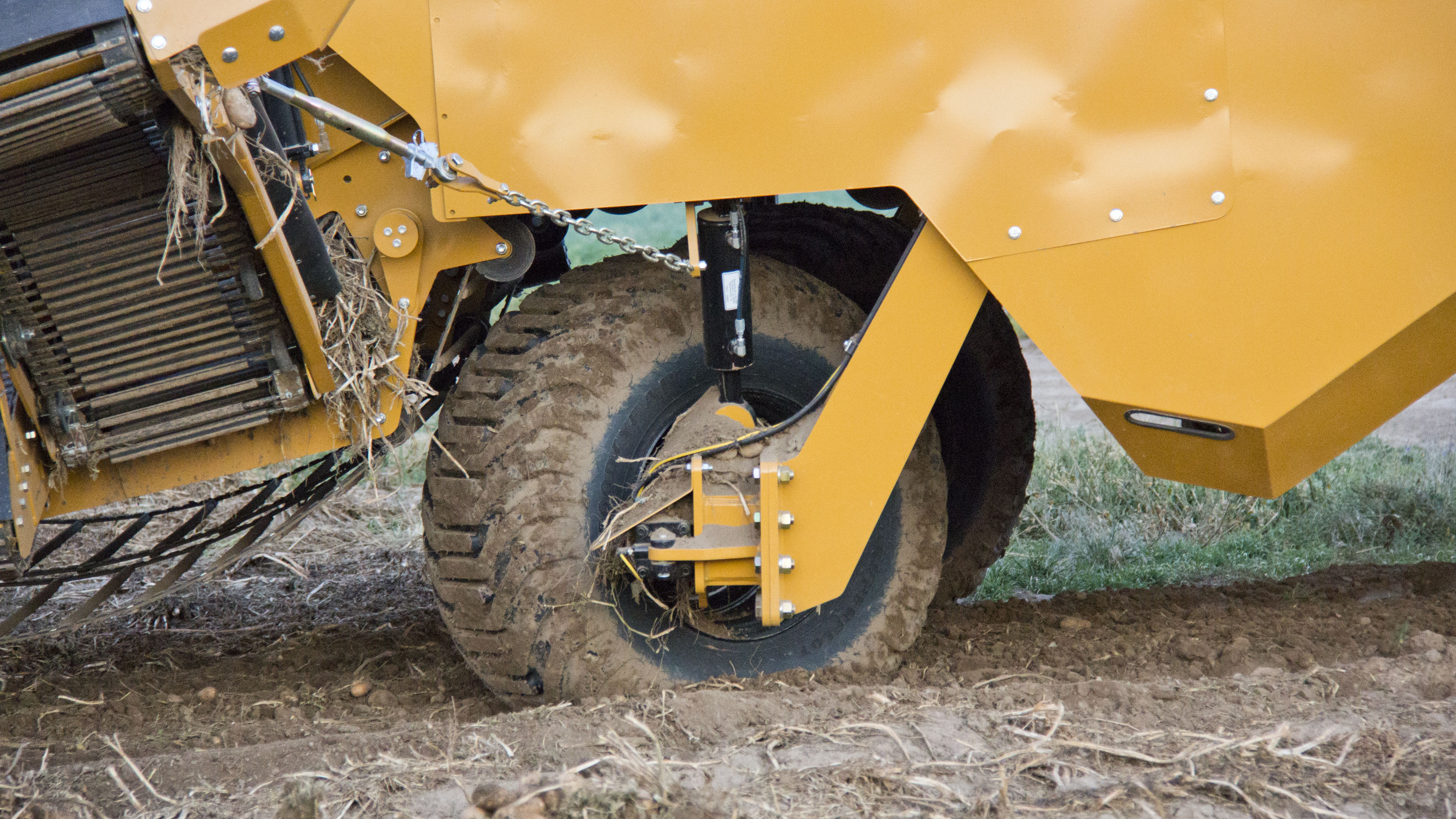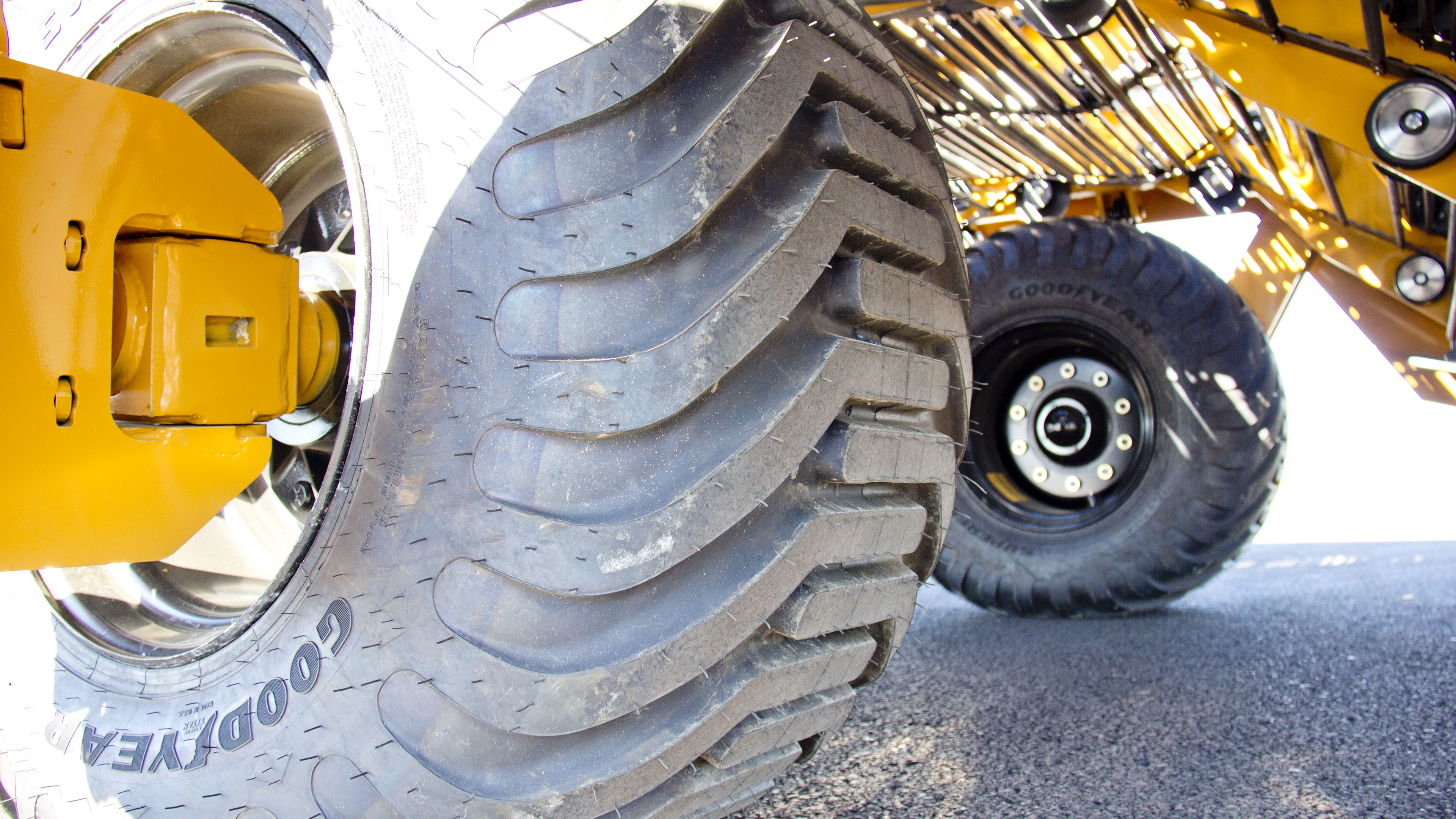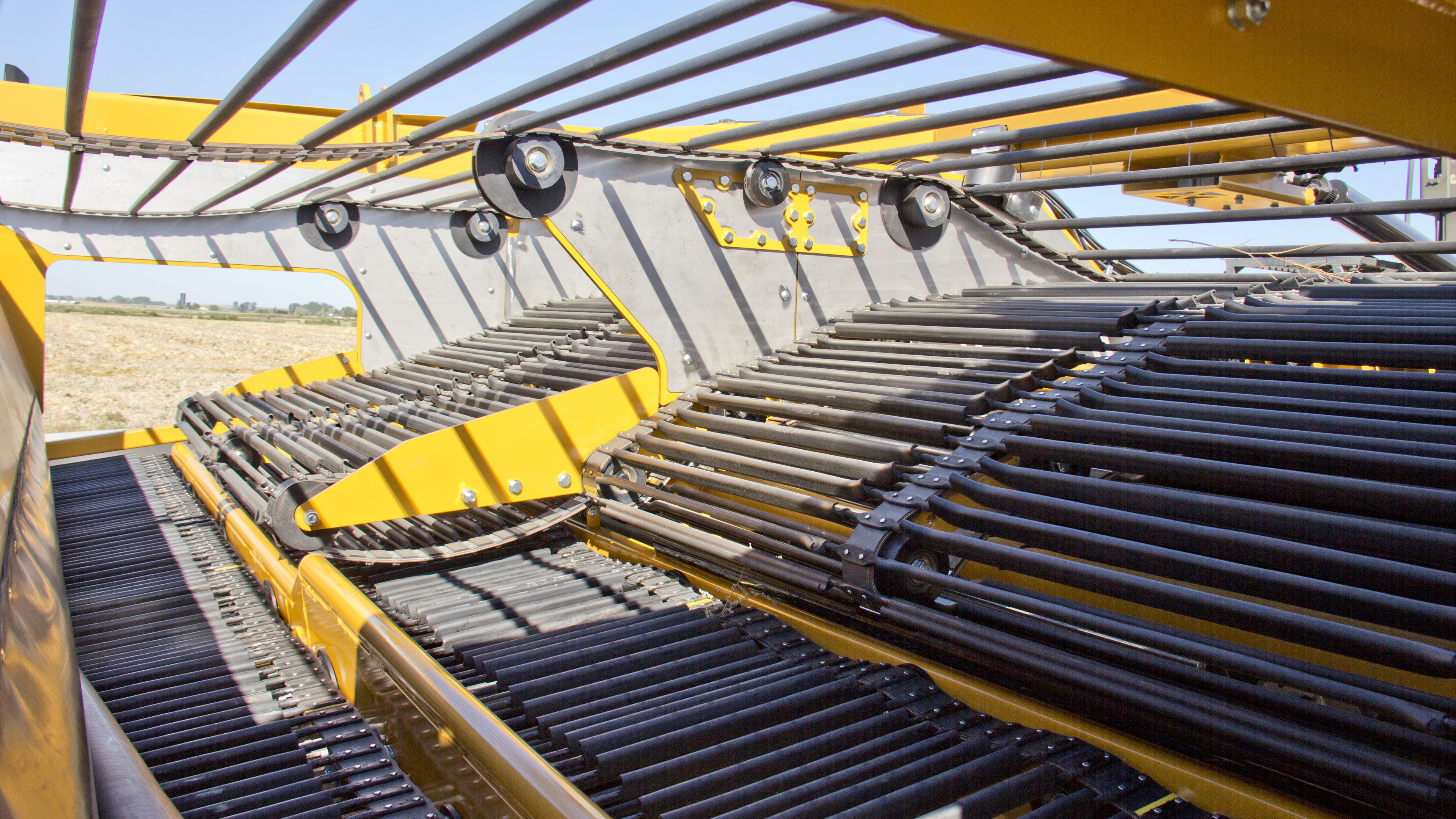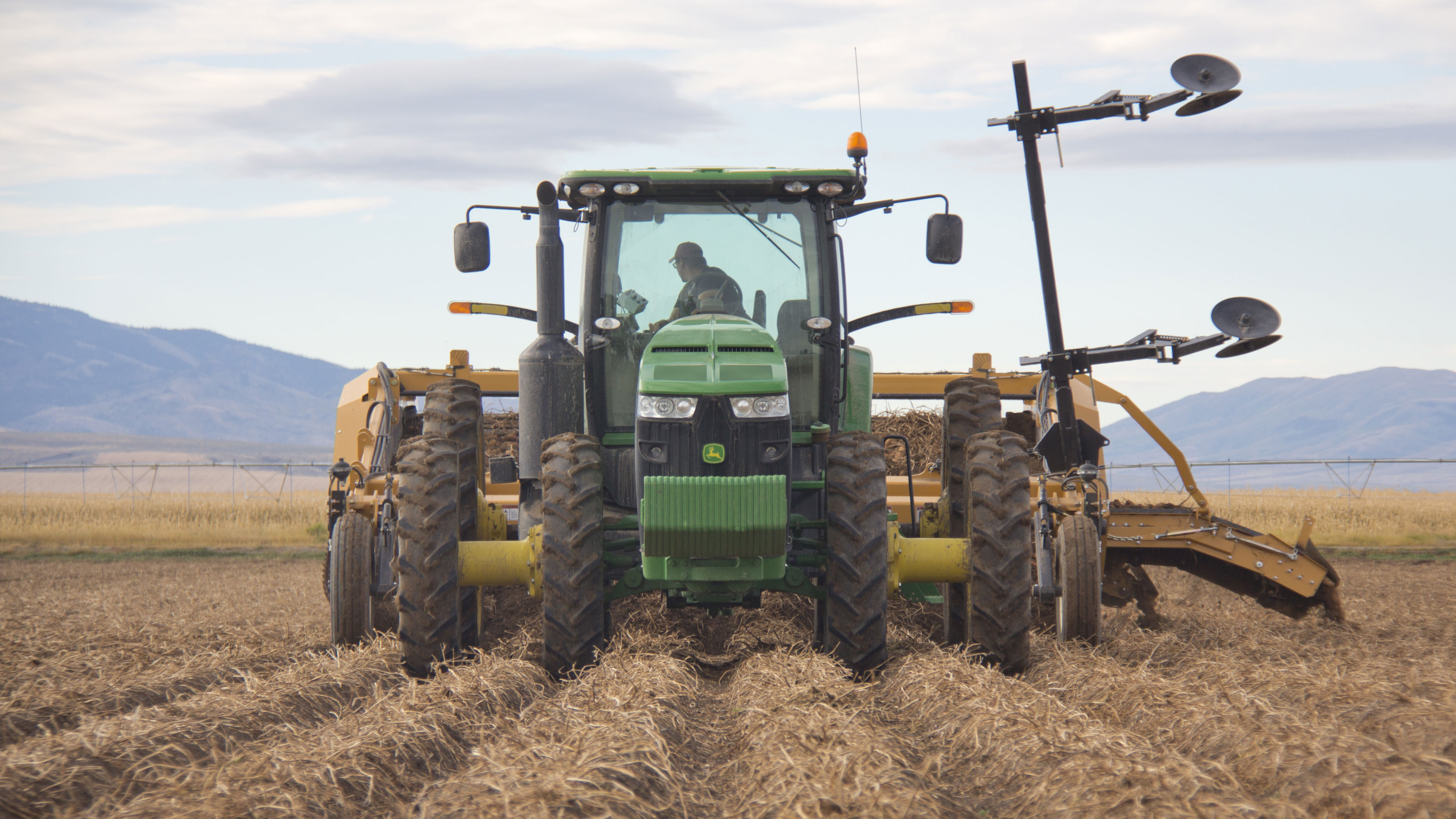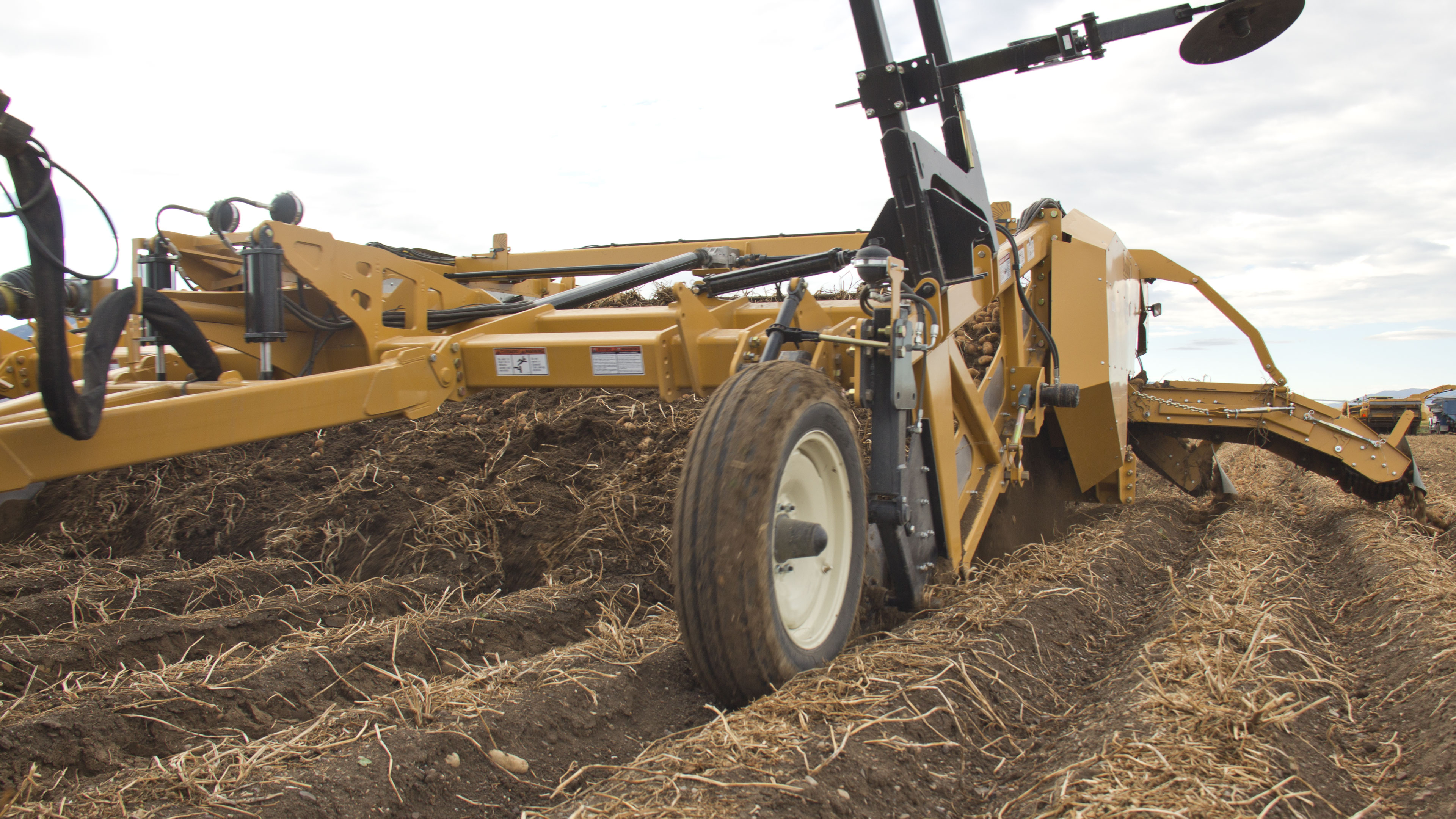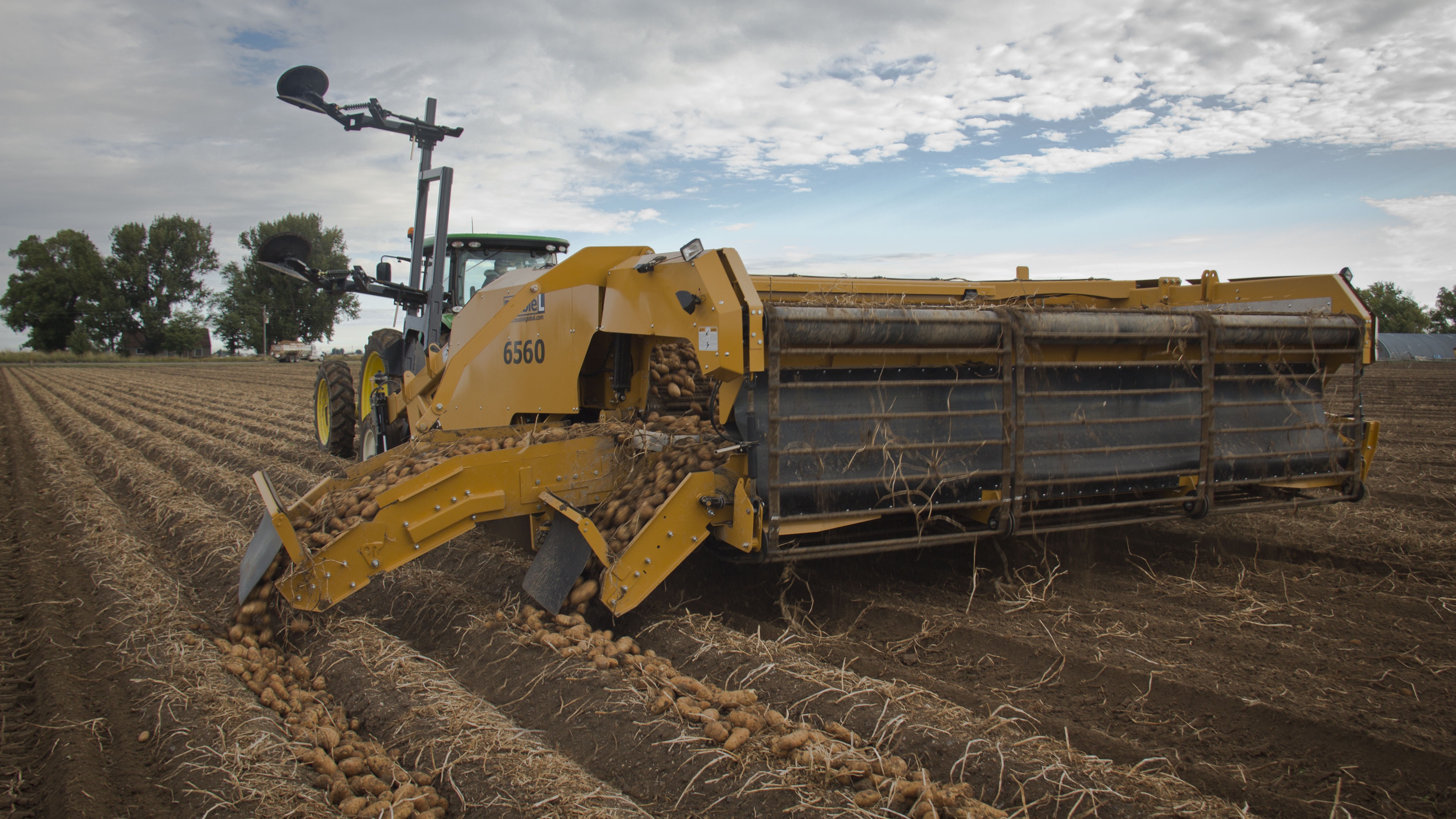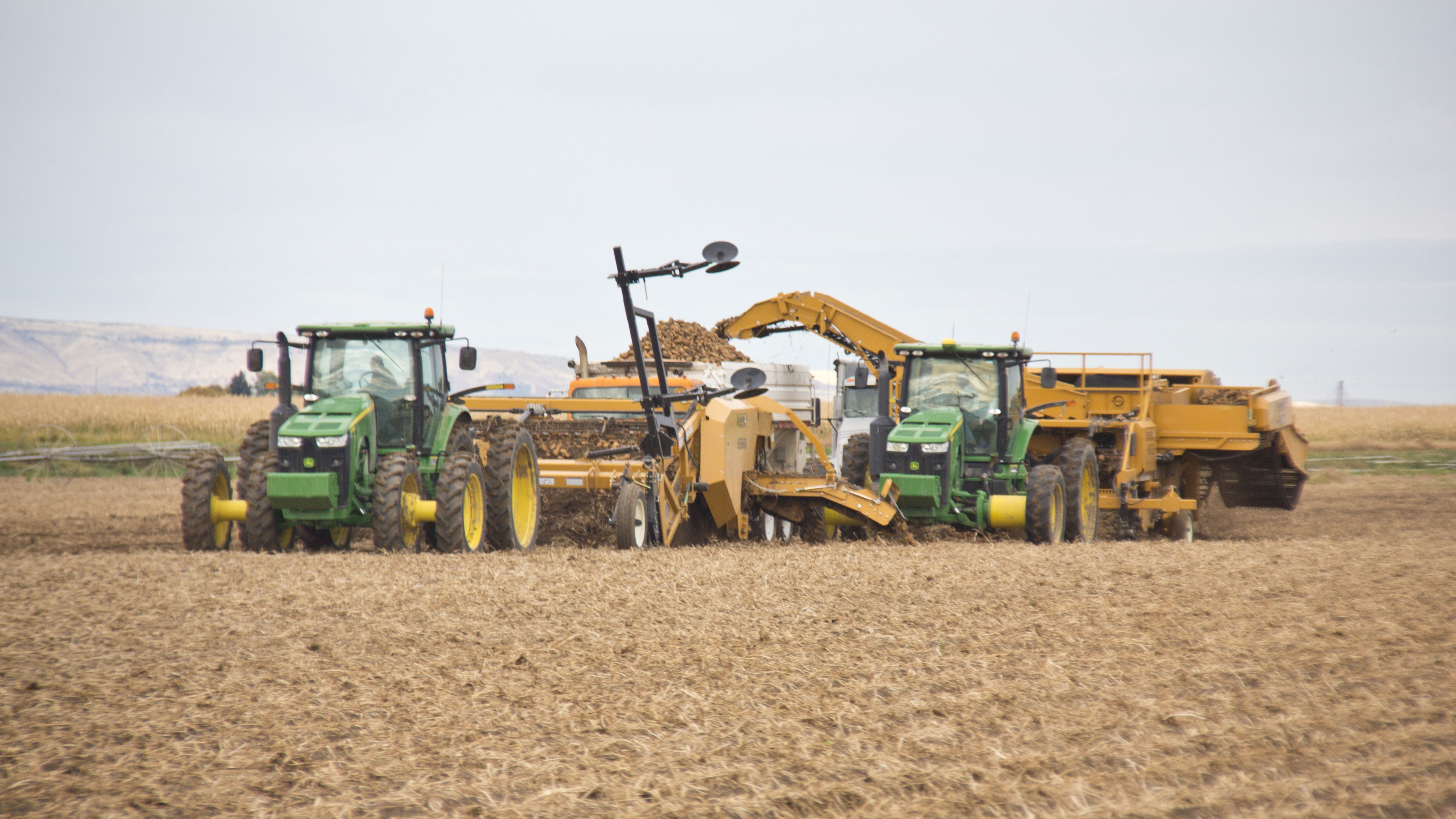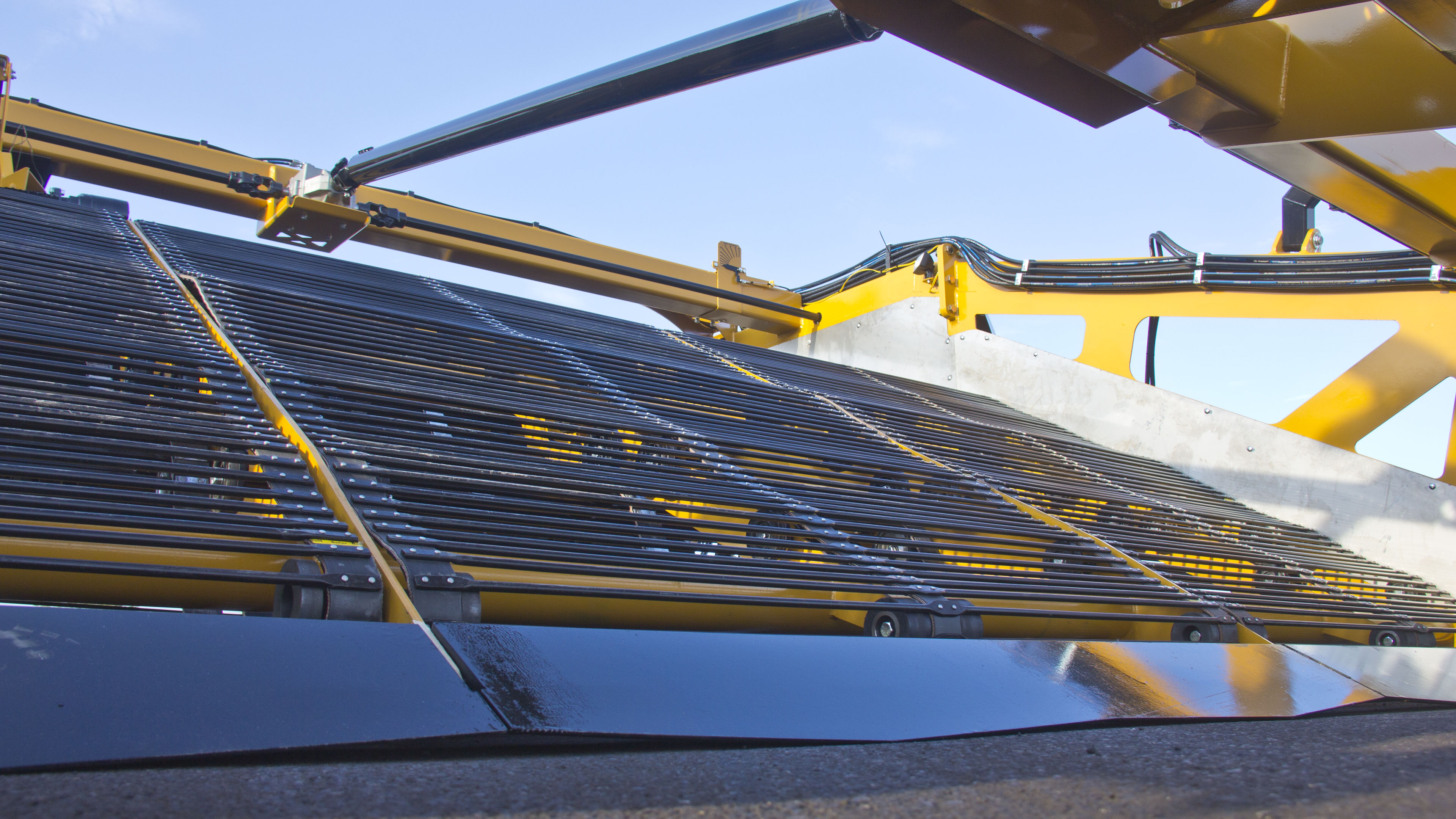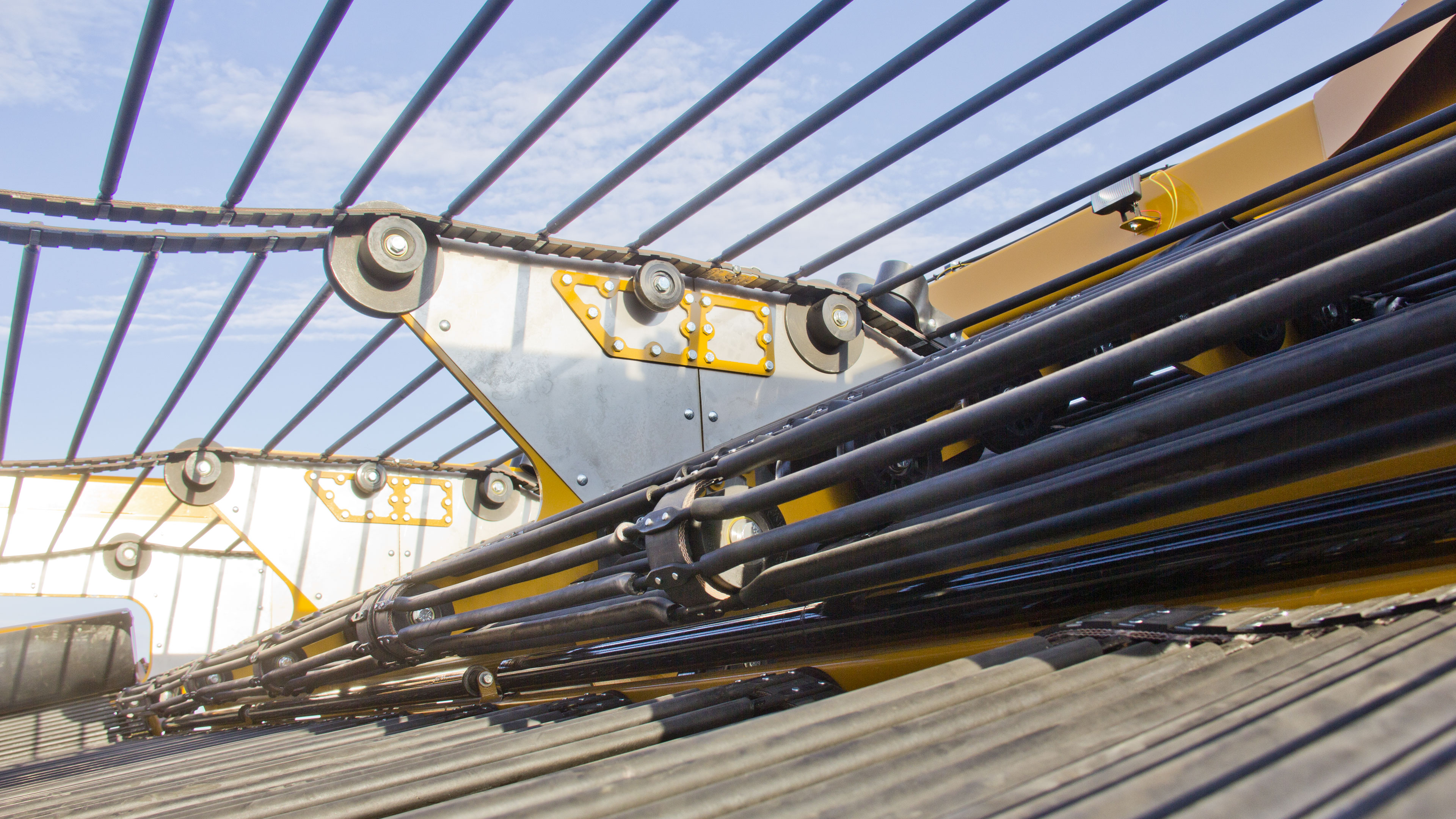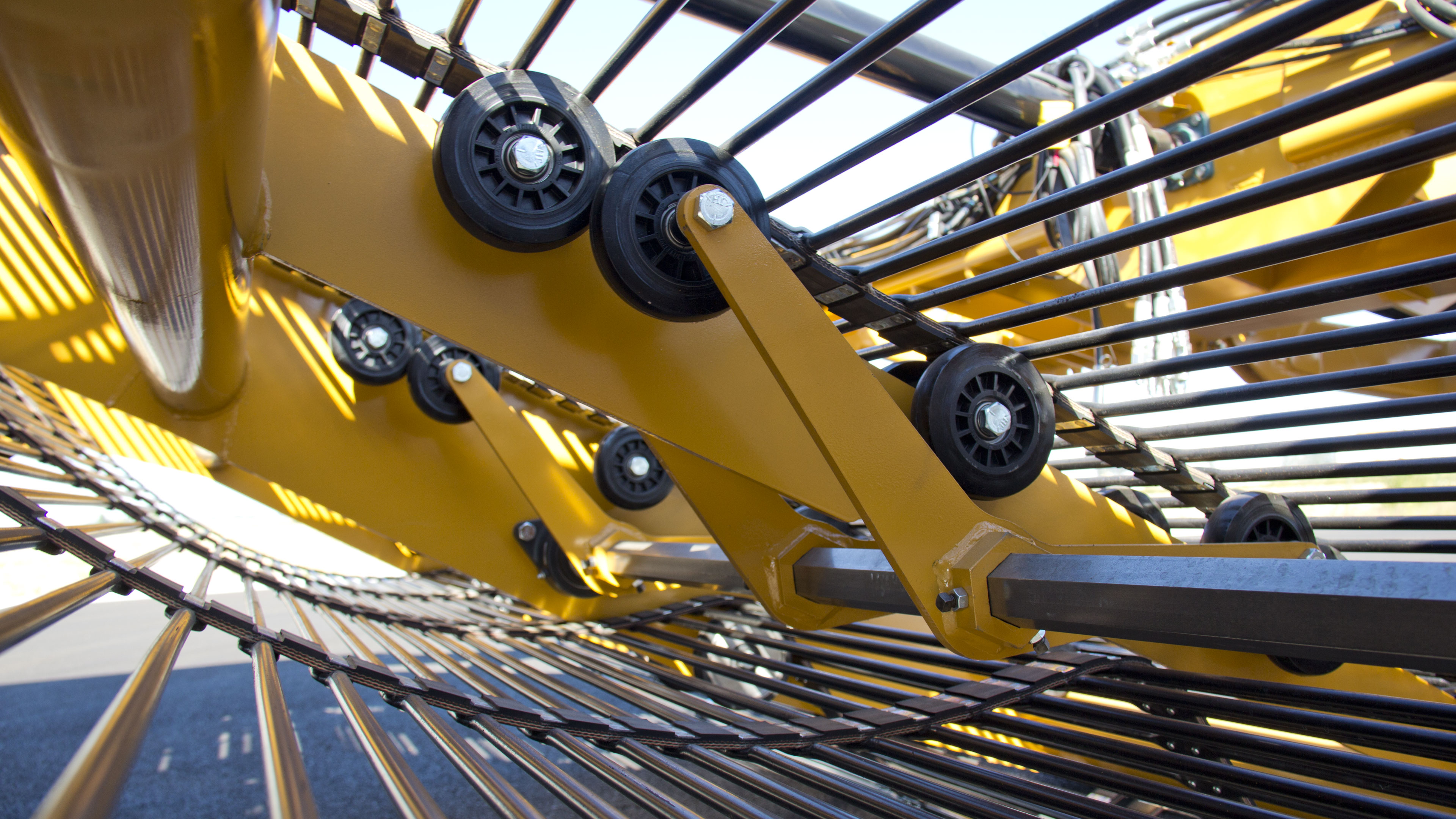
DIGGER BED
The aggressive slope of the digger bed filters out more soil faster than any other windrower on the market. Operators have found that this allows them to dig at faster ground speeds. To boost digging performance even more, all belted chain rails are less pronounced in the digger bed. That leaves fewer catch points for vines and weeds to build up and disrupt the flow of potatoes.

RIGID CONSTRUCTION
Digging through 10 to 12 inches of soil is tough. Your implement needs to be tougher. The frame of the 6500 Series Windrower is built to withstand seasons of heavy use in difficult digging conditions.

ADVANCED STEERING CONTROL
The 6500 Series Windrower is the first in the industry to position its rear wheels underneath the machine. Having the industry's shortest wheelbase and tightest turning radius make Double L's windrower unbelievably maneuverable. For you this means that your headlands can be utilized more for growing crops than for providing space for turning around the implement.

DIGGER PITCH AND ROLL
Wouldn't it be nice if all fields were perfectly flat? If they were, there would be no need for innovative ways to compensate for digging on side hills. The fact is that all fields aren't flat, and windrowers have to dig over uneven terrain. With Digger Pitch and Roll, independent axle cylinders lift or lower either side of the digger bed to line it up with whatever grade you may be digging on.












